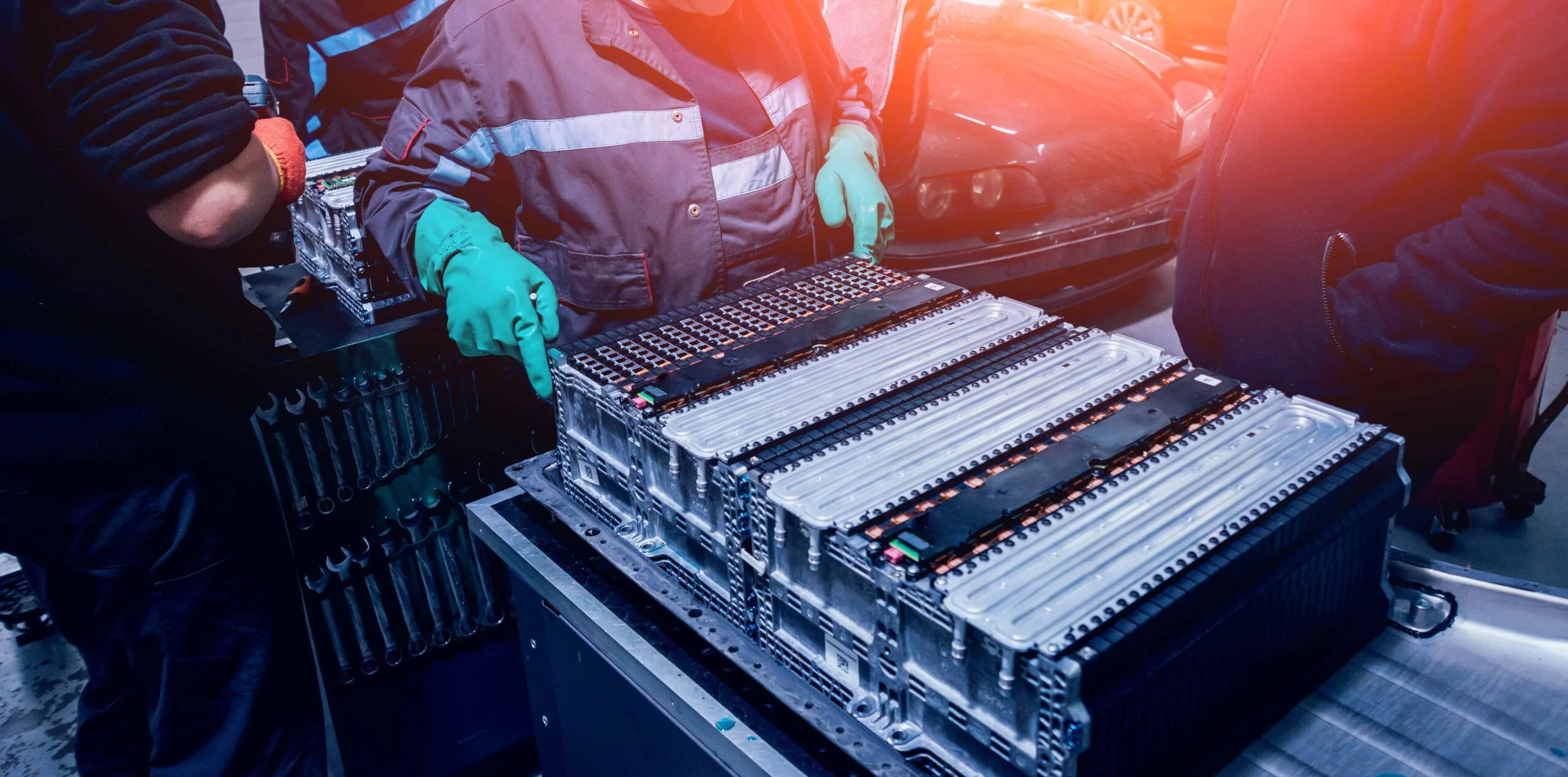China’s net imports of refined nickel fell to a near-decade low in 2023, capturing the tectonic shifts playing out in the global production chain.
China’s call on Class I high-purity nickel has been waning for many months as the country ramps up imports of other forms of the metal from Indonesia.
Much of that Indonesian material has traditionally been nickel pig iron (NPI) heading for China’s stainless steel sector.
More recently, trade flows have included rising amounts of matte and mixed hydroxide precipitate (MHP) destined for conversion into electric vehicle batteries.
The latest evolution is the ability of Chinese operators to convert intermediates into refined metal, generating a rise in exports of Class I material.
Indonesian trade boom
China’s trade with Indonesia was transformed after the latter banned exports of nickel ore at the start of 2020.
China’s NPI producers had been the main recipients of Indonesian ore and they responded by building processing capacity in Indonesia itself.
Flows of ore between the two countries all but disappeared to be replaced by NPI from the new Indonesian plants.
Most of that material is ultimately destined for China’s huge stainless steel sector and NPI remains the largest-volume category of trade between the two countries, growing by another 47% to 7.92 million metric tons in 2023.
However, increasing amounts of capacity in Indonesia, much of it owned and operated by Chinese company, is now processing the country’s laterite ore into other forms of nickel such as matte and MHP as a metallic route into precursor materials for batteries.
China’s imports of matte have mushroomed from just 10,800 tons in 2020 to 300,500 tons in 2023. Indonesian material accounted for 93% of last year’s intake.
Imports of MHP grew from 336,000 tons in 2020 to 1.32 million tons last year, of which 63% came from Indonesia.
The exponential growth in this Sino-Indonesian trade reflects the continuing boom in Indonesian production that followed the country’s ban on exports of unprocessed ore.
Mined production jumped by 48% from 2021 to 2022 and by another 29% in the first 11 months of 2023, according to the International Nickel Study Group. Indonesia now accounts for over half of global production, compared with a third in 2019.
Refined metal
China has historically been a significant net importer of refined nickel to cover the gap between the country’s relatively small refining sector and its burgeoning demand.
However, the ever-rising flow of Indonesian nickel intermediate materials has significantly damped import demand for Class I high-purity metal.
Last year’s imports of 91,000 tons were down by 42% on 2022 levels and the lowest annual tally since 2005.
But the real game-changer in China’s Class I trade patterns has been rising exports of refined metal.
China has occasionally flipped to net exporter in the past but only briefly and in reaction to one-off events.
The Qingdao port scandal of 2014, which involved multiple pledging of metal being used as collateral in financing deals, generated a mass exit of nickel, copper and aluminium from bonded warehouses to safe-haven storage in other countries.
Net imports of refined nickel slumped to just 16,000 tons that year, which was the lowest annual total since the start of the century.
Exports in recent months, by contrast, have been moving higher without any external pull.
Rather, this outbound flow reflects a new generation of Chinese plants converting intermediate product to refined metal, a processing breakthrough that is closing the gap between Class I and Class II nickel.
December’s exports totalled 7,520 tons, the highest monthly total since October 2019, when metal was drawn out of China by a ferocious short squeeze on the London Metal Exchange.
The combination of lower imports and increased outbound flows reduced China’s net imports to 55,000 tons in 2023, the second lowest annual count this century.
Emerging sulphate market
Chinese operators are not just converting Indonesian ore into refined metal. They are also transforming it into nickel sulphate, which is the form of the metal used as a battery input.
China has lifted imports of sulphate in line with its expanding battery capacity. The two main traditional suppliers were Finland and South Korea.
That changed last year with imports from Indonesia jumping from zero to 60,000 tons.
But China is now also producing sulphate in the domestic market with exports ticking steadily higher. Outbound flows are still small relative to what is arriving every month but total sulphate exports leapt from just 2,000 tons in 2022 to 17,000 tons last year.
It seems quite possible that just as the processing and price disconnect between Class I and Class II nickel narrows, a whole new sulphate sub-market is starting to take shape.
That may have ramifications for nickel’s already problematic pricing model. But it underlines to what extent Indonesia’s nickel trade with China is defining the global nickel market.
(The opinions expressed here are those of the author, Andy Home, a columnist for Reuters.)
(Editing by David Evans)



